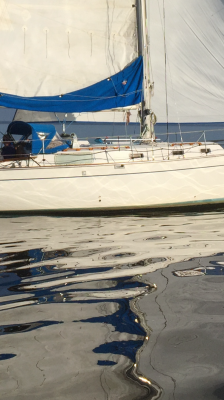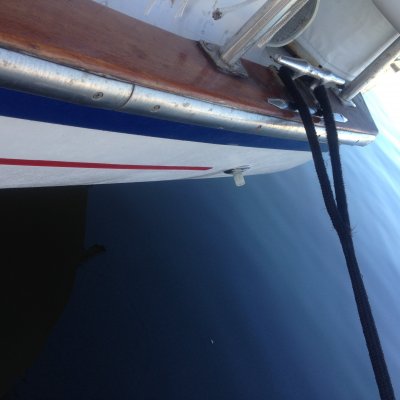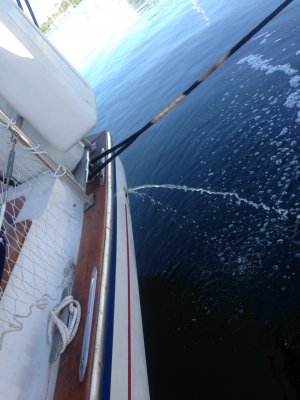john Gonzalez
Member
My current bilge hose from the bilge pump discharges the water into the torpedo tube manifold. I was thinking of rerouting it to the port side . I don't know how high the thru hull fitting should go above the water line. My plan it to have the hose go under the sink along the fuel hose and up behind the cabinet about the location of the above the galley counter top height. I do not want to risk sea water backing into the bilge while n a heeling.
Any thoughts? should I leave it alone? I want to simplify the drain manifold under the cockpit for the two cockpit drains and the two deck drains only. Your input is appreciated.
Any thoughts? should I leave it alone? I want to simplify the drain manifold under the cockpit for the two cockpit drains and the two deck drains only. Your input is appreciated.




